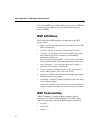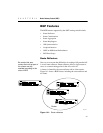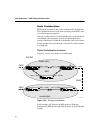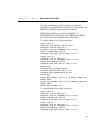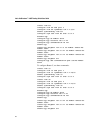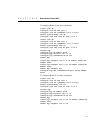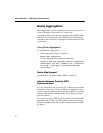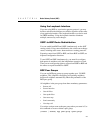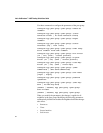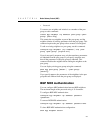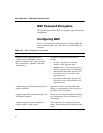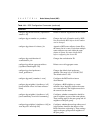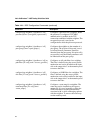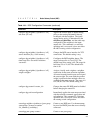
262
Intel
®
NetStructure™ 480T Routing Switch User Guide
Route Aggregation
Route aggregation involves combining the sub-networks of several
routes so that they are advertised as a single route.
Aggregation reduces the amount of information that a BGP speaker
must store and exchange with other BGP speakers. Reducing the
information that is stored and exchanged also reduces the size of the
routing table.
Using Route Aggregation
To use BGP route aggregation:
• Enable aggregation using this command:
enable bgp aggregation
• Create an aggregate route, using these commands:
configure bgp add aggregate-address <ipaddress>/
<masklength> {as-set} {summary-only} {advertise-
route-map <route-map>} {attribute-route-map
<route-map>}
Route Map Support
For information see "Route Maps in BGP" on page 343.
Interior Gateway Protocol (IGP)
Synchronization
You can configure an AS as a transit AS, so that it can pass traffic
through from one AS to a third AS. When you configure a transit
AS, it is important that the routes advertised by BGP are consistent
with the routes that are available within the AS using its interior
gateway protocol.
To ensure consistency, BGP should be synchronized with the IGP
used within the AS. This will ensure that the routes advertised by
BGP are reachable within the AS. IGP synchronization is enabled
by default.





